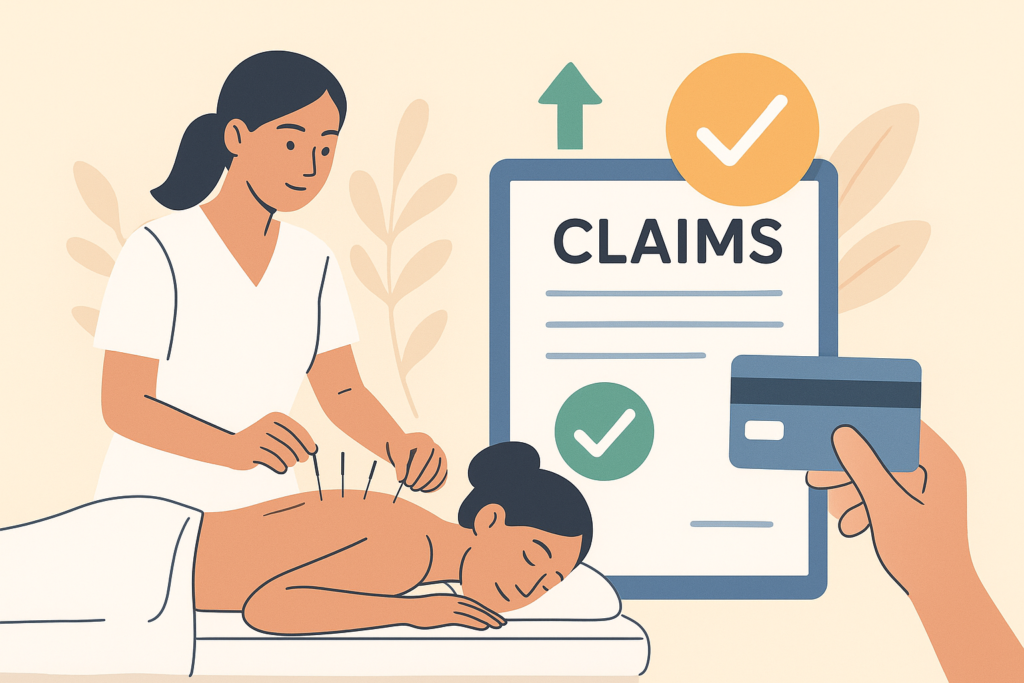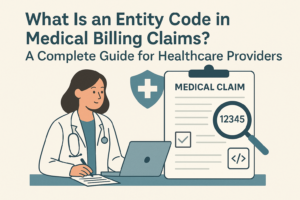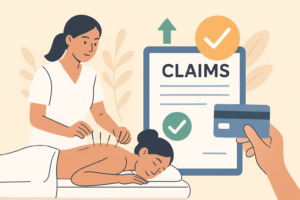If you’re running an acupuncture practice, you must know that only treating patients is not enough. To get revenue, you need to get your claims approved by insurance companies. And dealing with denials, delays, or endless back-and-forths with payers isn’t an easy task. But the only thing that can make this process simpler is having the right billing strategies that help to speed up the process, reduce headaches, and keep your cash flow steady.
At M&M Claims Care, we’ve worked with acupuncture clinics across the country, and we know what works and what doesn’t in insurance billing services. With our years of experience, let’s share some tips that’ll help you get those acupuncture claims approved faster without facing delays.
Why Acupuncture Claims Can Be Tricky
Why do acupuncture billing services often cause so many problems?
- Coverage varies widely: Some insurers cover acupuncture for pain management, but not for other conditions. Others only cover it if it’s provided by a certain type of provider.
- CPT codes can be confusing: Acupuncture codes are specific, and if you don’t pair them correctly, claims can get denied instantly.
- Documentation is critical: Unlike a quick office visit, acupuncture often requires detailed notes about time, treatment areas, and patient response.
- Modifiers and units matter: one of the biggest reasons claims get rejected is billing for multiple services in one session without the right modifiers.
Even if you provide excellent care, one small billing mistake can delay or derail your payment.
Proven Tips to Get Your Acupuncture Claims Approved
- Verify Patient Eligibility Before Treatment
- Use the Correct CPT Codes Every Time
- Document Like Your Payment Depends on It (Because It Does)
- Pair the Right ICD-10 Codes with CPT Codes
- Don’t Forget Modifiers When Needed
- Stay on Top of Visit Limits and Authorizations
- Submit Clean Claims the First Time
- Appeal Denials Promptly and Properly
- Keep Patients in the Loop
- Consider Partnering with a Billing Company
Tip #1: Verify Patient Eligibility Before Treatment
It’s a basic step, but one of the biggest time-savers. Always check your patient’s benefits before starting treatment. You need to check:
- Is acupuncture even covered under their plan?
- If yes, is it covered for their specific diagnosis, like low back pain vs. headaches?
- How many visits are allowed per year?
- Do they need a referral or pre-authorization?
Nothing frustrates patients more than finding out halfway through their treatment plan that their visits won’t be covered. Verifying eligibility upfront not only protects your practice but also builds trust with your patients.
Tip #2: Use the Correct CPT Codes Every Time
Coding errors are common and acupuncture billing contains different CPT codes that look alike but the differences between them matter a lot. Some of them include:
- 97810: Initial 15 minutes of acupuncture without electrical stimulation
- 97811: Each additional 15 minutes without electrical stimulation
- 97813: Initial 15 minutes with electrical stimulation
- 97814: Each additional 15 minutes with electrical stimulation
The trick is to match your documentation with the right code. If you bill for 97810 but your notes don’t clearly show face-to-face time, you’re setting yourself up for a denial.
Remember that the first 15 minutes is always billed as an initial code (97810 or 97813), and anything after that is billed as an additional code (97811 or 97814). Mix these up, and you’ll hear from the payer.
Tip #3: Document Like Your Payment Depends on It (Because It Does)
Insurance companies aren’t just taking your word for it. They want proof. Thorough documentation is the major component of getting claims approved.
Your notes should include:
- Start and stop times for each session
- Specific treatment points used
- Whether you used electrical stimulation
- Patient’s response to treatment
- Diagnosis codes that justify medical necessity
If your notes don’t make it clear why the treatment was needed and what was done, the insurer has every reason to deny the claim.
Tip #4: Pair the Right ICD-10 Codes with CPT Codes
This is where many acupuncture practices fail. You can’t just throw in a generic pain diagnosis and expect smooth sailing. The diagnosis code has to support medical necessity for the CPT code you’re billing. Some commonly accepted ICD-10 codes for acupuncture include:
- M54.5: Low back pain
- M25.561 / M25.562: Pain in right or left knee
- M79.1: Myalgia
- G44.1: Vascular headache
Always double-check payer policies because one insurer may cover acupuncture for migraines while another only allows it for musculoskeletal pain.
Tip #5: Don’t Forget Modifiers When Needed
People think modifiers are extra but they’re crucial in acupuncture billing. For example, if you’re billing acupuncture along with another service on the same day, you may need to append a modifier to show that both are separately identifiable.
Using modifiers correctly helps you avoid duplicate service denials. Just make sure you’re not overusing them—improper modifiers can trigger audits.
Tip #6: Stay on Top of Visit Limits and Authorizations
Most insurance plans cap the number of acupuncture sessions they’ll cover per year. Some may allow 12 visits, others 20, and a few require progress notes to justify additional visits.
If you ignore these limits, you risk denials and your patients are also stuck with surprise bills. That’s never a good look for your practice.
The best practice here is to track each patient’s covered visits in your EHR or billing system and have a process in place to request authorizations before continuing treatment.
Tip #7: Submit Clean Claims the First Time
Rejections happen most often because of small and avoidable mistakes like missing NPI numbers, wrong patient info, incorrect codes, or a lack of documentation. Each of these errors can cause unnecessary delays.
To avoid this, you need to:
- Double-check every claim before submission
- Use billing software with claim scrubbing features
- Train your staff to spot common red flags
The cleaner your claims are, the faster they’ll get processed.
Tip #8: Appeal Denials Promptly and Properly
Even if you do everything right, some claims will still get denied. Don’t let them instead:
- Review the explanation of benefits (EOB) carefully.
- Identify the reason for denial—was it a coding error, lack of medical necessity, or missing documentation?
- Correct the issue and resubmit quickly.
Remember that after a denial, insurance companies rely on providers to give up but you have to stick to it and never let them win. Your persistence will surely pay off.
Tip #9: Keep Patients in the Loop
Most of the time, we overlook patients but they also play a huge role in a successful claim submission. If they don’t understand their benefits, they can schedule visits beyond their coverage or skip necessary pre-authorizations.
Have a clear communication process:
- Explain coverage limits at the start
- Provide cost estimates if visits aren’t covered
- Help them understand when they might need out-of-pocket payments
A transparent conversation upfront helps you to avoid irritating phone calls later.
Tip #10: Consider Partnering with a Billing Company
Acupuncture billing is complex, and your focus should be on treating patients, not handling claim forms. That’s why outsourcing can help you a lot here because experience really matters in medical billing. But it is important to choose the best medical billing company as all your financial operations rely on them. And if you want a reliable billing partner in the US, M&M Claims Care is the best option. M&M Claims Care is an experienced medical billing company that provides a complete solution of acupuncture billing services from eligibility checks and coding to denial management and compliance. Our goal is simple: fewer headaches for you, faster payments for your practice.
By working with a team that knows the ins and outs of acupuncture billing, you get to stop stressing about paperwork and start focusing on healing.







